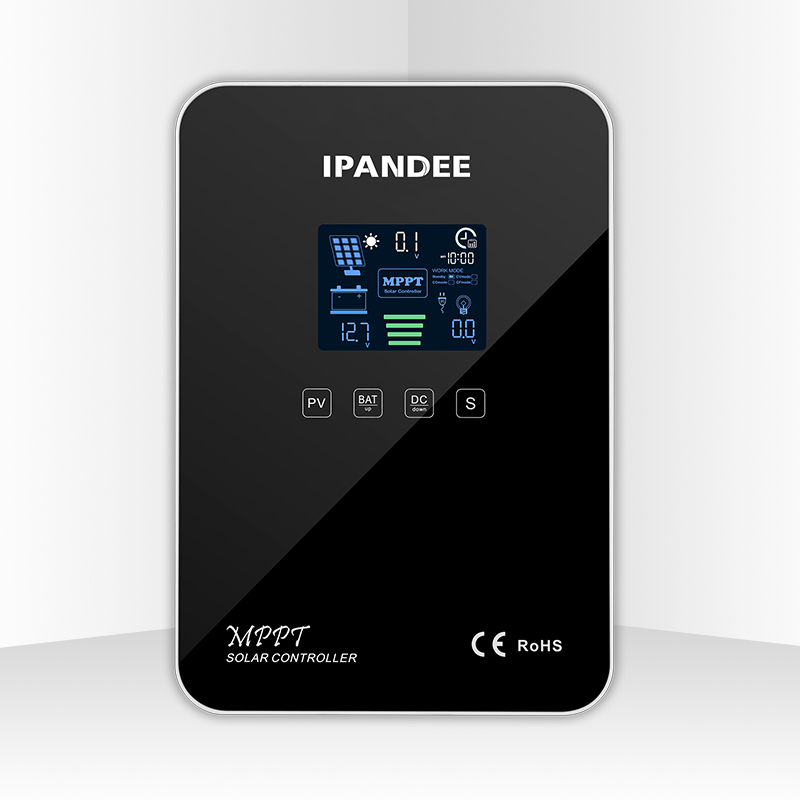Solar power has emerged as a clean and sustainable energy solution, but efficient management of solar systems can sometimes be complex. The all-in-one solar charge controller offers a streamlined solution, merging essential functions into a single device. In this article, we'll delve into the concept of the all-in-one solar charge controller, uncovering how it simplifies solar power management and empowers users with convenience and efficiency.
Understanding the All-In-One Solar Charge Controller
An all-in-one solar charge controller is a versatile device that combines multiple functions into a single unit. Typically, it incorporates functions such as maximum power point tracking (MPPT), battery charging regulation, load control, and data monitoring. This integration not only reduces the need for separate components but also enhances the ease of setup and operation.
Streamlined Installation
One of the primary benefits of an all-in-one solar charge controller is its simplified installation process. With multiple functions bundled into a single unit, users can save time and effort during system setup. There's no need to connect and configure separate devices for MPPT, battery charging, and load control, making the overall installation process more efficient.
Space Efficiency
Space efficiency is paramount, especially in applications where available space is limited. The compact design of an all-in-one solar charge controller eliminates the need for housing multiple devices, freeing up valuable space for other components or equipment. This advantage is particularly beneficial for small solar installations or situations where mounting space is a constraint.
In addition to managing solar panel output and battery charging, an all-in-one solar charge controller often includes load control capabilities. This means that it can manage the distribution of power to various loads, such as lights, fans, or other electrical devices. This integration simplifies load management and ensures that energy is utilized effectively based on user preferences.
 English
English  한국어
한국어  français
français  Deutsch
Deutsch  Español
Español  italiano
italiano  русский
русский  português
português  العربية
العربية  tiếng việt
tiếng việt  ไทย
ไทย  Polska
Polska  中文
中文







